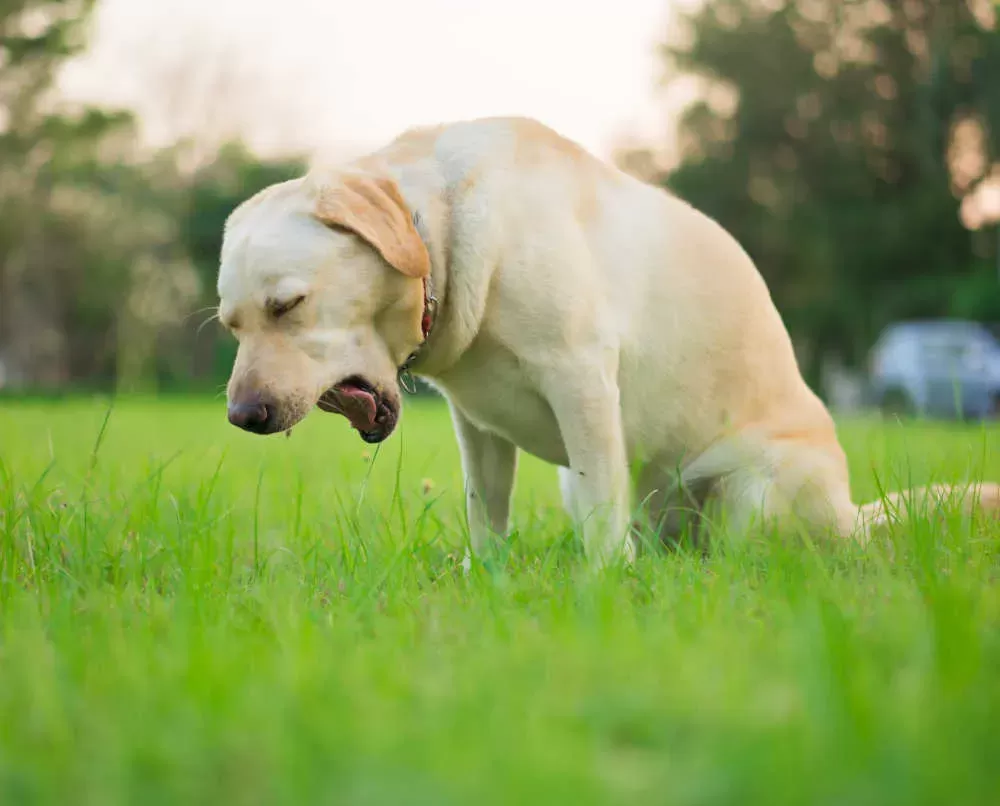Subtle symptoms often trick even experienced pet parents until it’s too late.

The disease vets say is missed the most sneaks in without drama. Dogs keep eating, keep playing, and by the time something feels wrong, the condition is often advanced. It’s kidney disease, and its quiet progression catches owners off guard every year. What makes it scarier is how everyday behaviors—like drinking water or napping longer—can look normal. These nine signs show how this disease hides and why regular checkups matter more than most people realize.
1. Extra water breaks can be a warning sign.

According to the American Kennel Club, kidney disease often causes dogs to drink more water than usual as their bodies struggle to filter toxins. Because drinking water seems healthy, owners rarely see it as a red flag. Many assume their dog is simply hot or active, but excessive thirst paired with frequent urination can mean the kidneys are under strain. This early symptom is easy to miss, which is why routine vet visits catch problems before damage escalates.
2. Subtle weight loss often slips under the radar.

As stated by Cornell University’s College of Veterinary Medicine, dogs with kidney disease frequently lose weight because waste buildup suppresses appetite and alters metabolism. Owners sometimes chalk it up to aging or picky eating, missing how quickly pounds can disappear. It’s especially tricky when fur hides changes in body condition. Weighing dogs regularly and paying attention to muscle loss rather than just rib visibility gives owners an edge in spotting this overlooked clue.
3. Bad breath can signal something far worse than dental trouble.

Reported by the American Veterinary Medical Association, toxins from kidney disease can build up in the bloodstream, producing a distinctive ammonia-like odor in a dog’s breath. Many assume bad breath means teeth cleaning is overdue, but in kidney cases, the smell is chemical and sharp. Because dental issues are so common, owners rarely connect unusual breath to kidney problems, letting a silent disease progress until other symptoms finally force a vet visit.
4. Increased sleep may not be harmless aging.

Dogs with kidney disease often tire easily as their bodies fight toxin buildup. Owners sometimes dismiss longer naps or slower morning routines as normal senior behavior. While rest changes naturally with age, sudden shifts in activity or prolonged lethargy can point to declining kidney function. Tracking how long a dog sleeps or how quickly it recovers from exercise gives valuable insight into health changes that might otherwise go unnoticed for months.
5. Appetite changes deserve closer attention.

A dog that suddenly becomes disinterested in meals could be experiencing nausea linked to kidney issues. Many dogs fluctuate in appetite, making it tempting to wait for it to pass. In kidney disease, however, reduced appetite often doesn’t bounce back quickly, and skipping meals becomes more frequent. Keeping notes on eating habits and reporting changes to a vet early can prevent a mild symptom from hiding a severe problem.
6. Vomiting that appears random can be connected.

Occasional vomiting in dogs often gets written off as eating grass or stealing table scraps. When kidney function declines, toxins build up and trigger gastrointestinal upset that may look like random episodes. Because these instances aren’t daily or dramatic at first, they slip past owners as isolated events. Linking repeated but spaced-out vomiting to potential kidney problems takes awareness that many owners don’t have until later stages.
7. Coat condition changes can hint at internal stress.

A dull, brittle coat or unexplained shedding can result from nutrient imbalances caused by kidney disease. Dogs rely on healthy filtration systems to maintain balanced minerals and proteins, so when kidneys fail, it shows up externally. Owners may focus on switching shampoos or diet to fix coat problems, missing the underlying issue. Watching how fur changes over months rather than days helps detect gradual shifts linked to deeper health challenges.
8. Mouth ulcers are an overlooked symptom.

Toxin accumulation from kidney issues sometimes causes painful ulcers along the gums or tongue. These spots can bleed or make chewing uncomfortable, leading to picky eating. Many owners only notice when their dog whines while eating or paws at its mouth, which often happens later in the disease process. Regular dental checks by a vet can catch these ulcers early, flagging kidney issues long before more serious symptoms appear.
9. Sudden changes in urine appearance or smell can be critical.

Kidney problems alter how urine looks and smells, often making it more diluted or oddly strong. These differences are easy to miss unless owners pay close attention, especially when dogs go outdoors unsupervised. Cloudy urine or frequent accidents in previously house-trained dogs should always prompt a vet check. Early detection from something as simple as noticing bathroom patterns gives dogs a better shot at slowing the disease’s progression.
